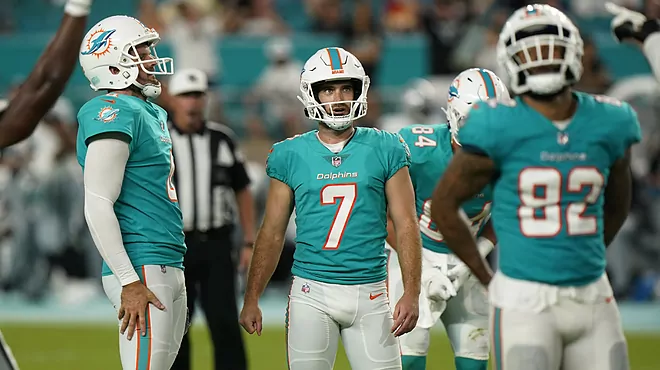The amount of water consumed throughout the day is an important part of any NFL player’s training regimen.
Hydration has a variety of advantages, including regulating an athlete’s body temperature and electrolyte balance.
Maintaining adequate hydration is critical for peak performance, especially on hot and humid days when a player’s padding and uniform increase sweat and electrolyte losses tenfold.
While sweating helps the body stay cool, sweat losses of one to two percent of body weight can cause mild dehydration. Mild dehydration symptoms include cramping, dizziness, and fatigue.

If a person sweats more than 2% of their body weight, their overall performance suffers.
Dehydration can cause blood thickness, which raises the heart rate and makes it more difficult to move oxygen around the body, potentially leading to heat stroke.
With heat stroke being the third leading cause of death in high school athletes in the United States, accounting for more than 20 deaths, it is even more important that an athlete consumes enough liquids while training in the preseason.
Signs of heat illnesses
The following is a list of signs that your body isn’t receiving the required fluid intake to offset your sweat loss
- Fatigue
- Headaches
- Little or no urination
- Muscle weakness
- Dizziness
- Light-headedness
- Dry mouth
- Excessive thirst
- Fainting
How much water should you drink?
The Institute of Medicine (IOM) recommends that an athlete consume 3.7 liters of water per day, though that number should be increased to 10 liters to compensate for any losses.
Fluids consumed should have low sugar content. Water, low-sugar flavored water, juices, low-fat milk, and the occasional low-sugar ice tea or soft drink are all acceptable.
The color of your urine is one of the simplest ways to determine your hydration level. The darker your urine, the more dehydrated you are.



